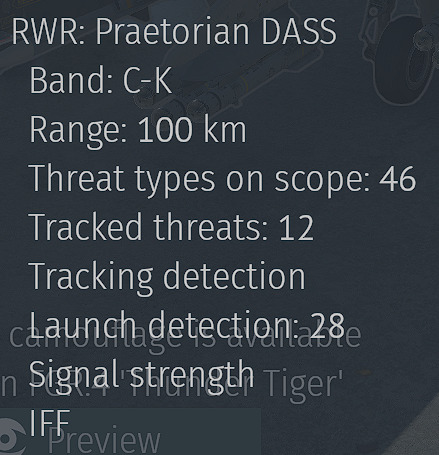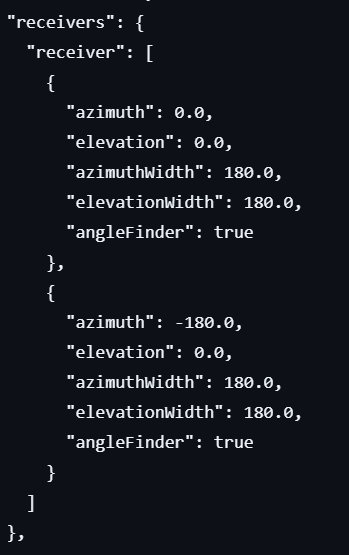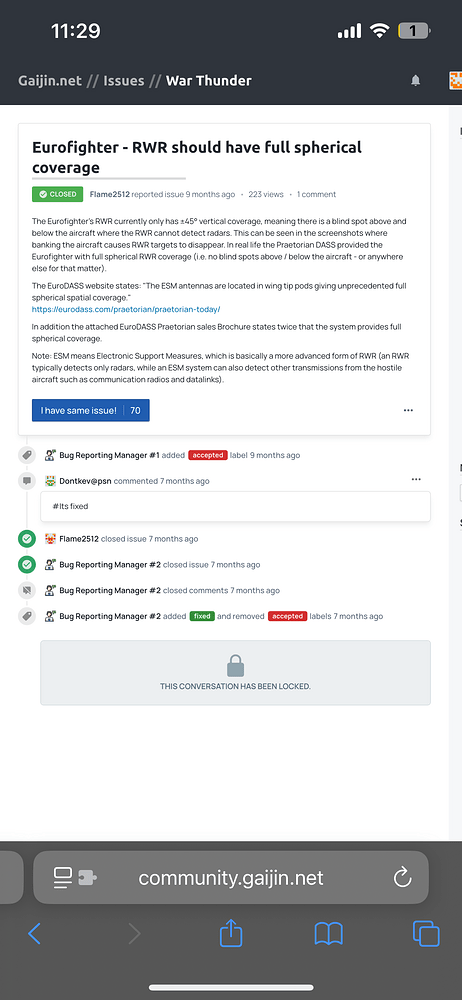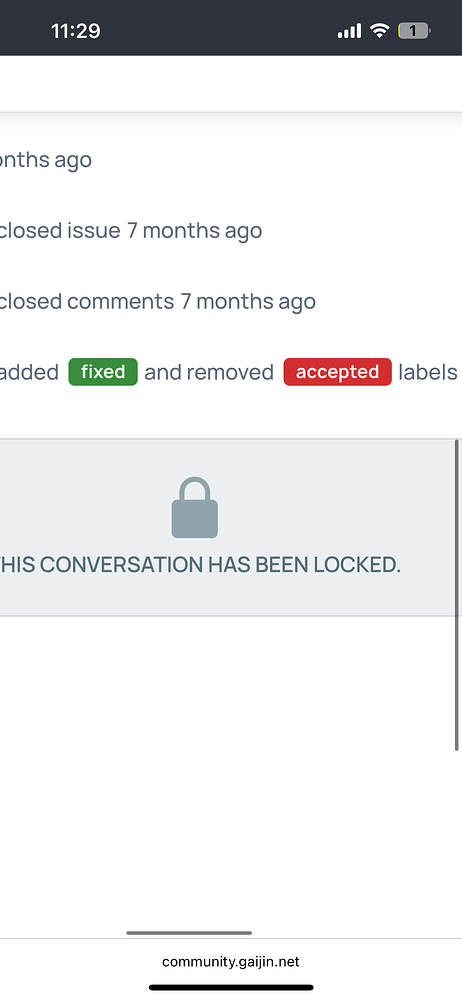That’s actually pretty good, and it’s got noise cancelling? Imagine how nice it would be to have high quality 3d audio noise cancelling headphones that are really lightweight, and a big screen to watch movies on
and allow you to see in the dark
would this be able to distinguish between every mbts ? t90/t72/t80/leo2s/abrams/etc or would it just classify any tank like object to t72 ?
I have no idea, I doubt it could do sub variants, but could probably tell the difference between tanks with great enough differences.
exactly , i think gaijin will wait till every tt gets a better radar before reducing their rcs.
I wouldnt be surprised if they are just using the F-117 as a bit of a beta and we’ll see more in the future once they refine their code
and they directly hinted at something being in the works:
I think ECM and RCS overhauls could very well be good candidates for what that might be.
The 117 having reduced RCS and the Su-25s receiving reduced IR signature recently is looking quite promising.
Helis got directional exhausts back in firebirds (i think) too.
The difference is quite clear on larger displays, I imagine that each of the three parts of the larger panels are their own display with borderless sides so that they fit together like one larger screen.
That way you can have decent resolution across the entirety of it and of course it becomes more robust for a combat vehicle.
Digression but this is a function of screen size, distance from the screen, pixel density and if any optics are involved.
Spoiler
Most modern high price phones have gotten to the point where you’ll have a hard time seeing pixels by themselves unless you use a magnifying optic, so any increase in resolution will be difficult to see.
VR headsets on the other hand, as they are both much closer to your eyes and shown through lenses that slightly magnify your vision can let you very clearly see the difference between 2k, 4k and beyond.
Technically if you had the money, space and electricity you could build a gigantic 4k+ resolution screen out of old CRT televisions and from space/altitude/far away it’d look amazing.
ahem back to the topic at hand; I’d expect the display to at least be on the level of a modern phone from 16" away. No visible pixels unless you’re really really close. Definitely enough resolution to distinguish major variants of the same tank through magnifying optics, depending on distance.
Yes, I’d imagine the resolution is ridiculous, however when scanning over a 100x100 metre area (or even larger in the case of side scanning SAR) down to <30cm resolution, this is when it starts to catch up to the display
Seems you were spot on. I’ve now seen a document confirming ASRAAM’s motor has three layers:
- SSL motor case made from Ultra High Strength Steel to provide the structure
- A layer of cork to provide thermal protection
- An outer layer of Glass Fibre Reinforced Plastic Composite to provide thermal and physical protection.
Apparently the cork and GRP layers are less than 2 mm thick combined.
are you pre-preparing reports for the CAMM with said documents :p
Something I just noticed: how come DASS (and other modern RWR aside for the gripen with 100) only have 12 tracked threats?

That feels painfully low.
@Metaltank1990 sorry to ping you, I was playing the MiG-29SMT and the IR PD switch bug is definitely back, literally could’t launch R-77’s even after constantly re-locking…
I really hope someone already reported this.
Likely to keep processing time as small as possible, the system calculates 3D positions for all tracked RWR targets and displays them in 3D space to the pilot through Striker.
I believe it can even create almost track files for targets through the RWR and MAW. Again it this is true, you’d probably want to limit it, so you don’t end up processing 70 targets at once
This makes sense, but if this were the reason surely the maximum tracked targets would then be equal to the maximum TWS targets, so 20?
All in all it probably comes down the power allocation, the radars receives a lot more power than the Defensive subset, the radar uses all sorts of clever tricks to filter through radar returns such as switching frequencies and then only listening for certain frequencies, which ensures only the radars own emissions are detected.
In comparison, the RWR has to listen for and process every single radar return it detects, verify if it’s a radar source or background radiation, verify if it’s a target and then triangulate the position.
Comparatively, the radar swivelling means it will only detect radar returns in the region it’s looking/scanning, while the RWR covers a much larger area and is therefore subject to more radiation to filter through
All with less power than the radar set
I mean the RWR does lack blindspots as evidenced by the files.

I don’t think i’ve ever had it fail on me, it’s more the MAW being spotty. If anything my main complaint about the RWR is it being too sensitive, detecting missile seekers out at 40-50km.
True, my concern though is that particularly in a contemporary combat environment there will be MUCH, much more than 12 emitters that the RWR would have to worry about at a given time, so it feels like with a number of trackable targets that low there would be a serious concern with overloading the DASS.
also charge your phone holy

